
Greetings Friends
Lee Point Art Competition
This sunday morning we are celebrating the Lee Point Art Competition with a walk to look at migratory shorebirds, nature and a morning tea. The migratory shorebirds will leave around mid April for places like Siberia (10,000km away) to breed. At they moment they are starting to put on colour to impress, see event details
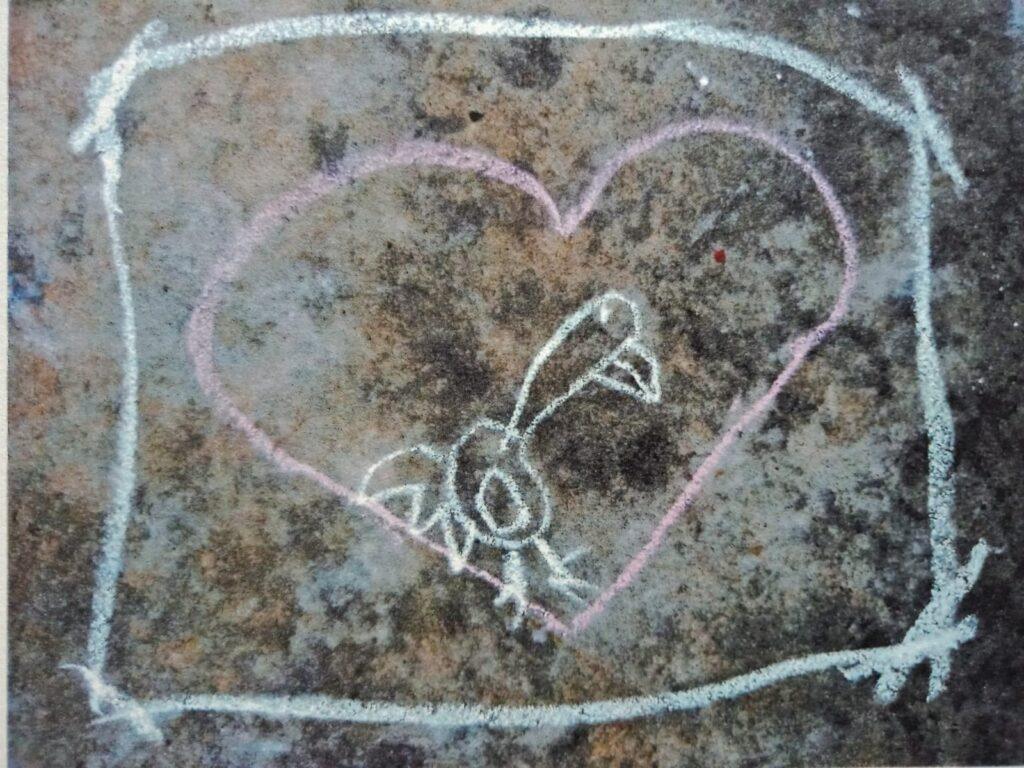
Birds at Lee Point beach
Many birds use the Lee Point beach including 20 species of migratory shorebirds (they breed outside Australia). Here are some resident birds that breed in the Top End.
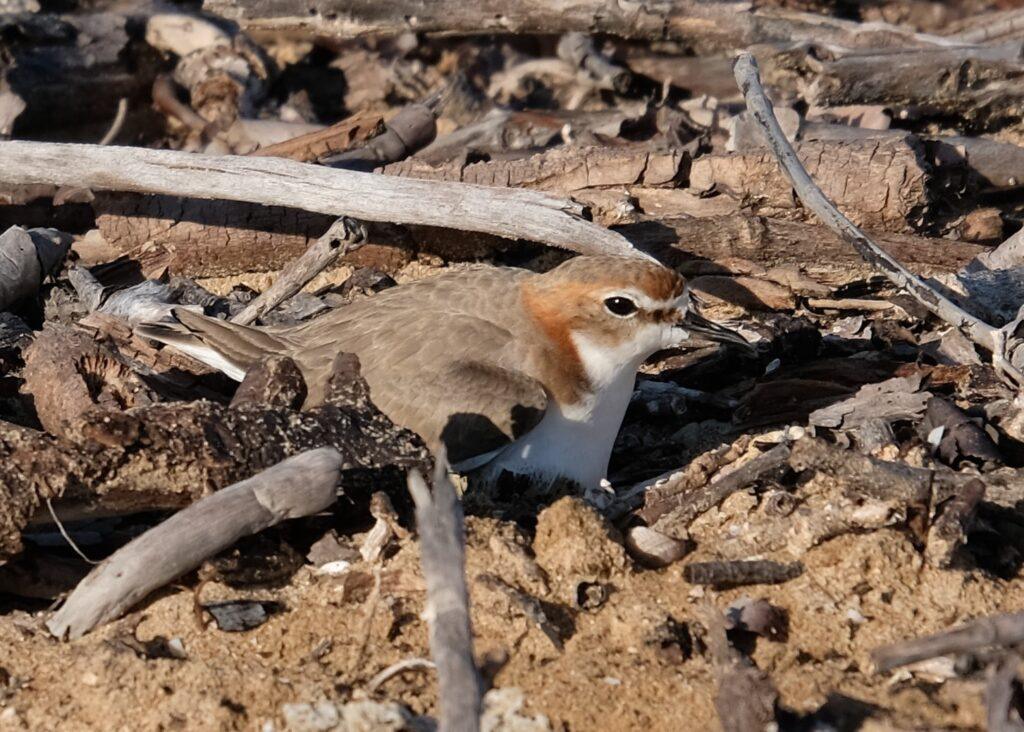
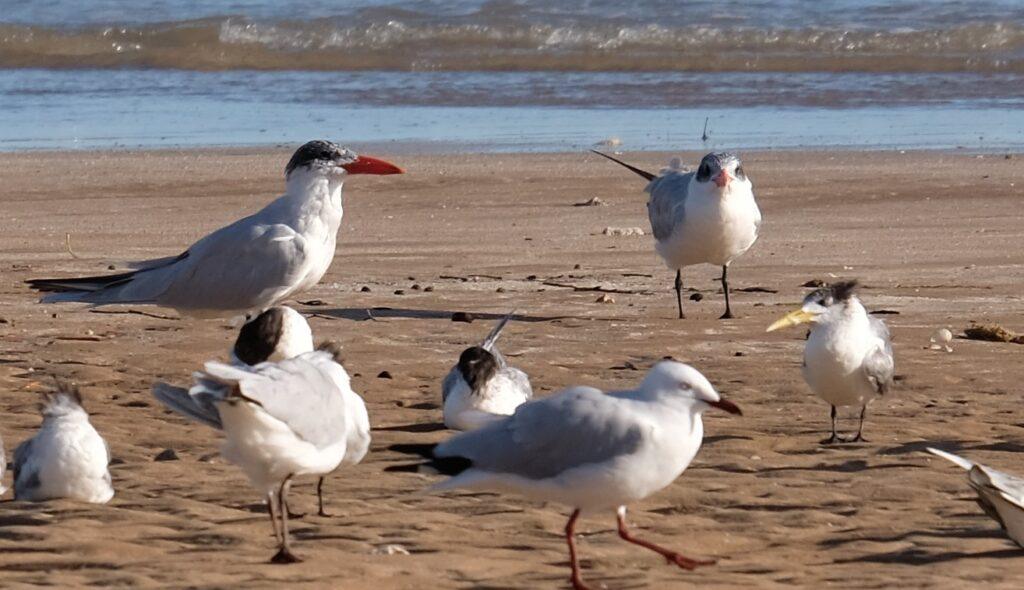
The Caspian Tern is the largest tern in the world, enjoys fish, and like all terns are good fliers. QI. Can you spot the second Caspian Tern? Answer at end of this newsletter.
Leanyer Sewage Ponds near Lee Point
Leanyer sewage ponds (like Lee Point) offers great birding opportunities and rare birds have been seen here triggering interest around Australia. There is no access to the ponds at present. Hopefully this can be worked out (a viewing platform?) to allow birdwatching. Some places to watch birds: https://www.experiencethewild.com.au/?p=Where-to-Watch-Leanyer
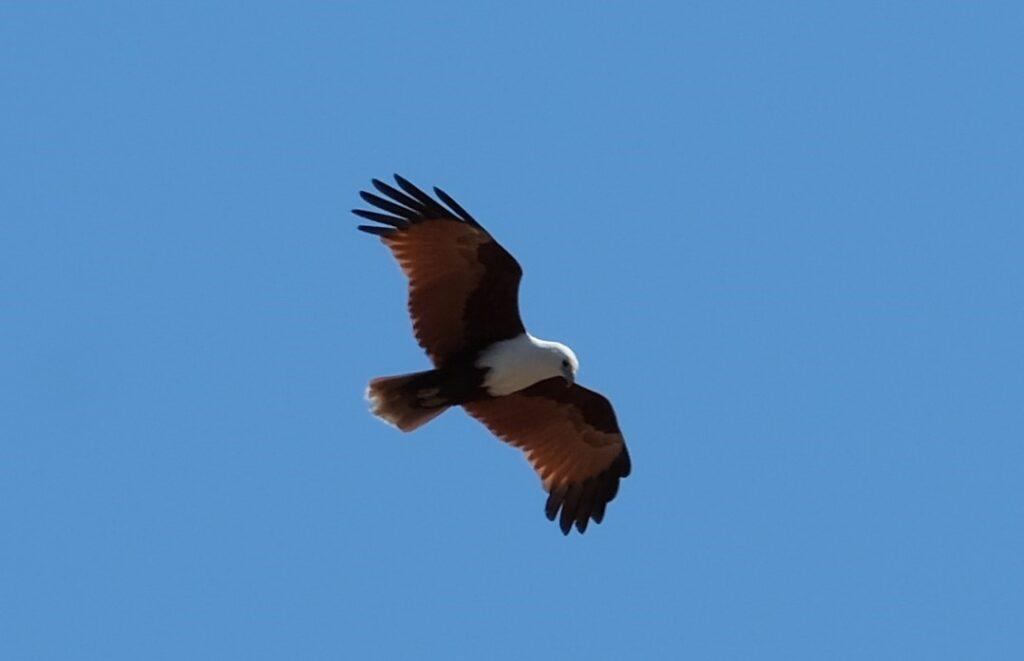
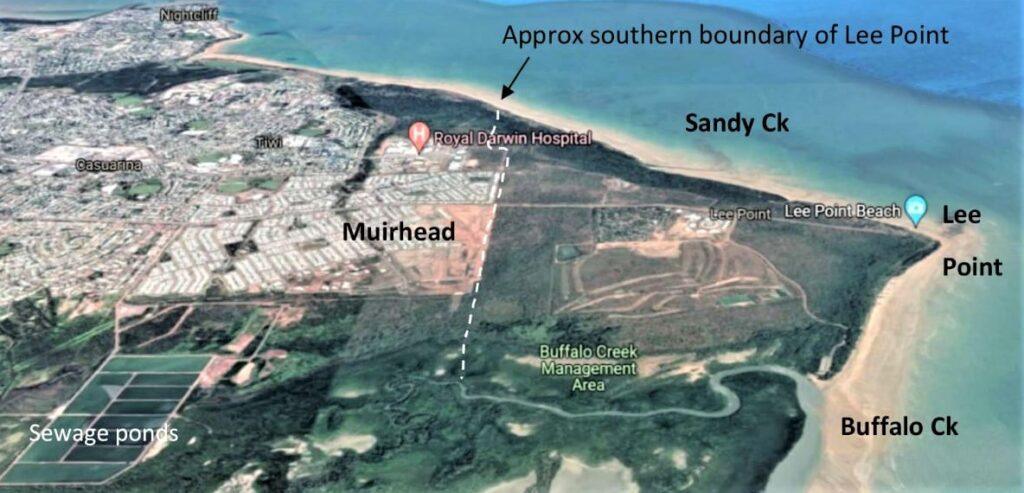
The sewage ponds have been emitting offensive odours. This is due to recent rains cooling the pond top layer (making it denser) and the top layer mixing with lower layers (called de-stratification). De-stratification is a major odour source from the ponds and happens every year. The planned Lee Point housing development will make the situation worse.
Lee Point and deforestation
The majority of carbon in forests is stored in the soil (roots, fungi, microbes).
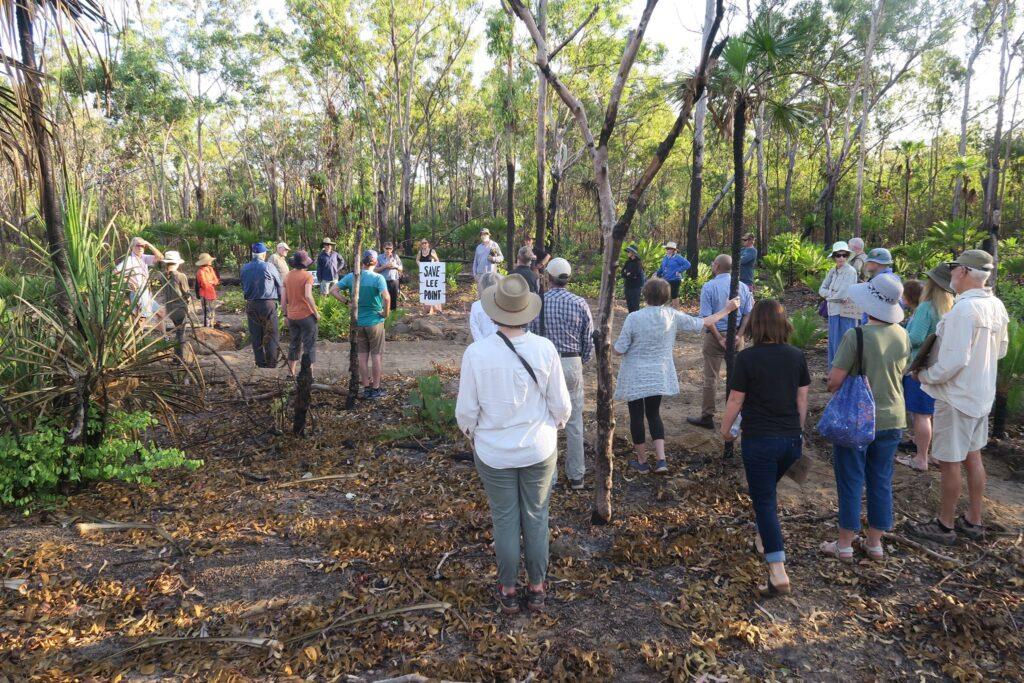
Changes to land use (such as deforestation) is the second largest manmade emitter of CO2 after fossil fuel burning. Australia and the majority of UN countries committed to halt and reverse deforestation by 2030 at COP26 in Nov 2021 as part of reducing emissions.
Lee Point Area Plan and development
| NT Govt Approvals (as of 25 Feb 2022) | Stage 1 North of Muirhead (97 lots) | Stage 2 North of Lyons | Stage 3-5 North of Lyons | Stage 6-7 North of Muirhead | Stage 8 North of Lyons |
| Planning | Yes | Yes | Yes | Yes | Yes |
| Construction | Yes | No* | No | No | No |
*To date, DHA has not lodged an application with the NT Government for Stage 2 construction.
City of Darwin want works halted at Lee Point until the NT Planning Commission has completed a comprehensive Area Plan for the whole of Lee Point. All the people FLP have spoken to in the tourism industry are strongly opposed to housing thousands of people at Lee Point.
The Planning Action Network (PLan) and FLP believe that the Lee Point Area Plan is bad for Territorians
Lee Point Trivia
Q1. Internationally bird-based tourism is growing rapidly. What is the estimated annual economic value of bird watching in the US (in USD)?
A. under $1 Billion B. $5 Billion C. $20 Billion D. over $40 Billion
Dragonflies and bees at Lee Point
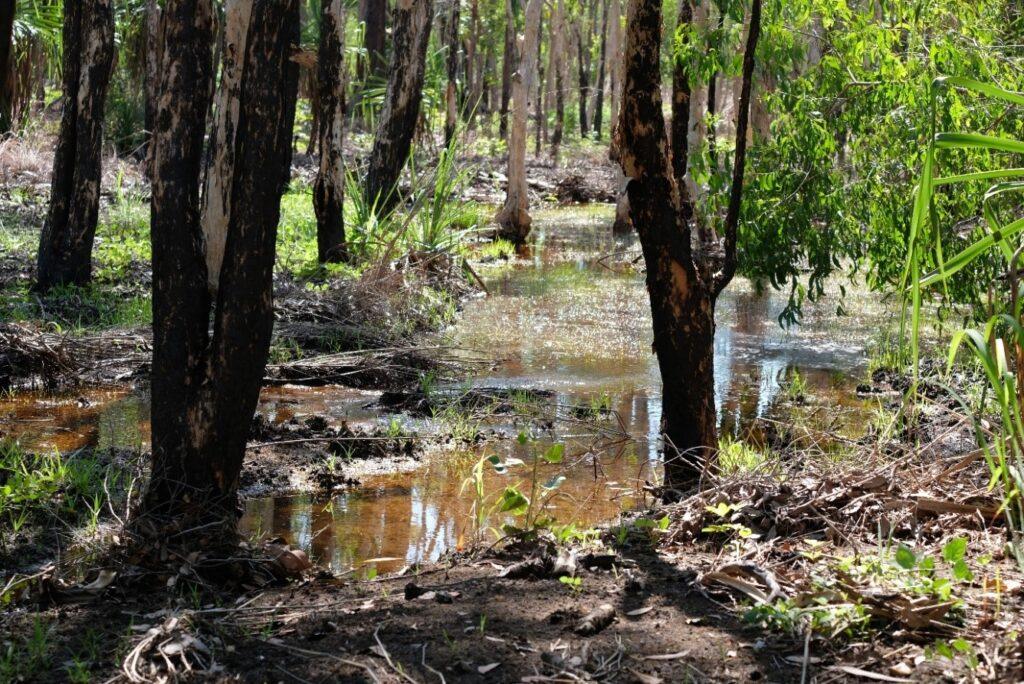
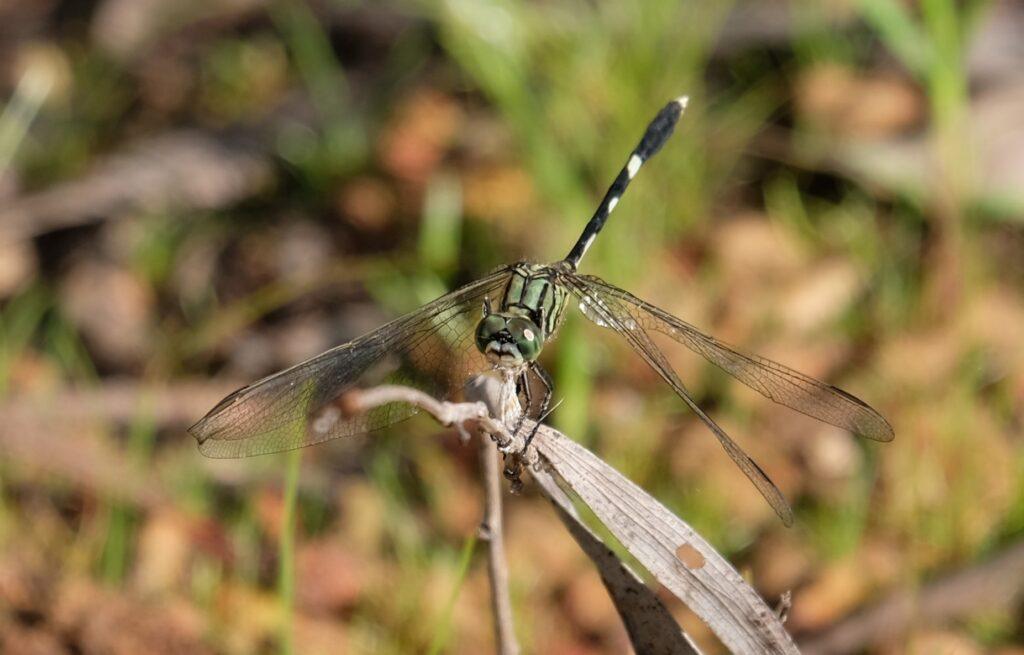
Dragonflies and damselflies are generally found near freshwater habitats. These ancient flying insects first appeared 250 million years ago (mya), after cycads 300 mya and before the dinosaurs 230 mya.
Dragonfly numbers are considered a good indicator of freshwater ecosystems, because they are near the top of the foodchain and need good quality water to reproduce.
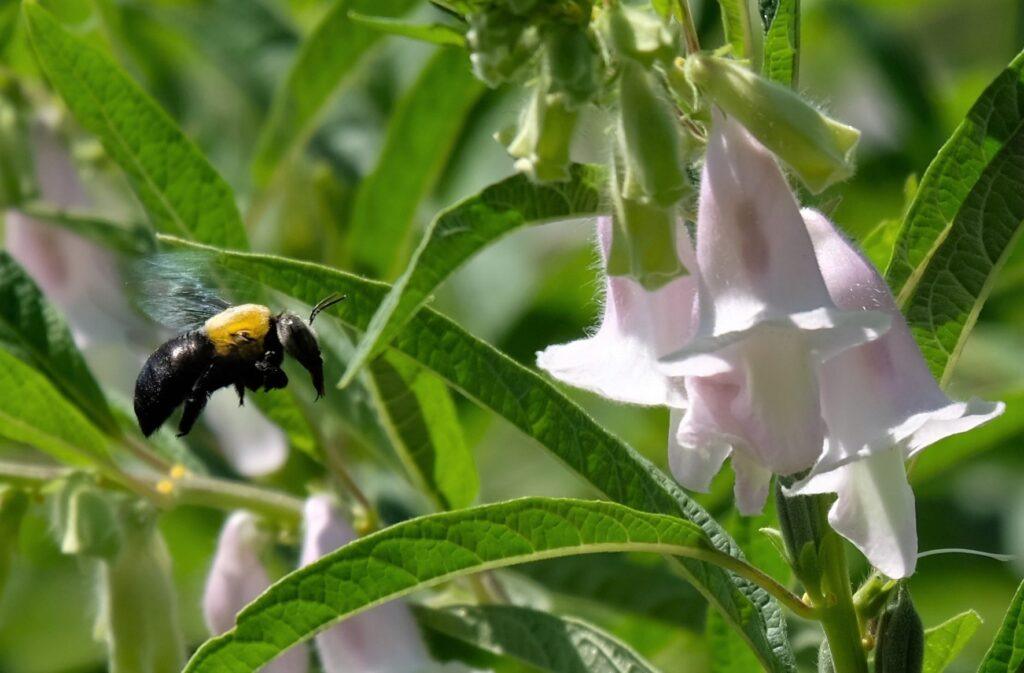
Carpenters Bees are the largest native bees in Australia and sometimes seen in Darwin gardens. By using their mouthparts and buzzing they are able to make burrows in dead wood to nest (hence their name). Buzzing in a flower helps loosen pollin.
Bees are important, about one third of our food crops depend on bees for pollination.
Until next time, enjoy the wet season at Lee Point
Answers
Q1. The second Caspian Tern is at the top right.
Q2 – D. Over $40 Billion USD. The 2011, the US Fisheries and Wildlife Service survey estimated that the annual economic value of US bird watching was $15 billion for trip-related and $26 billion for equipment-related expenditures, generating a total of $41 billion and creating a total industry output (direct, indirect and induced) across the United States of $107 billion: read more